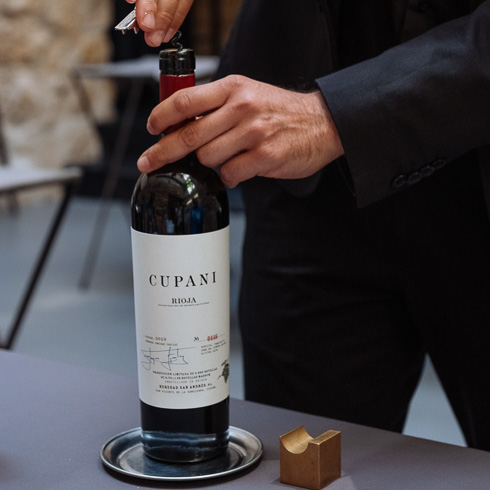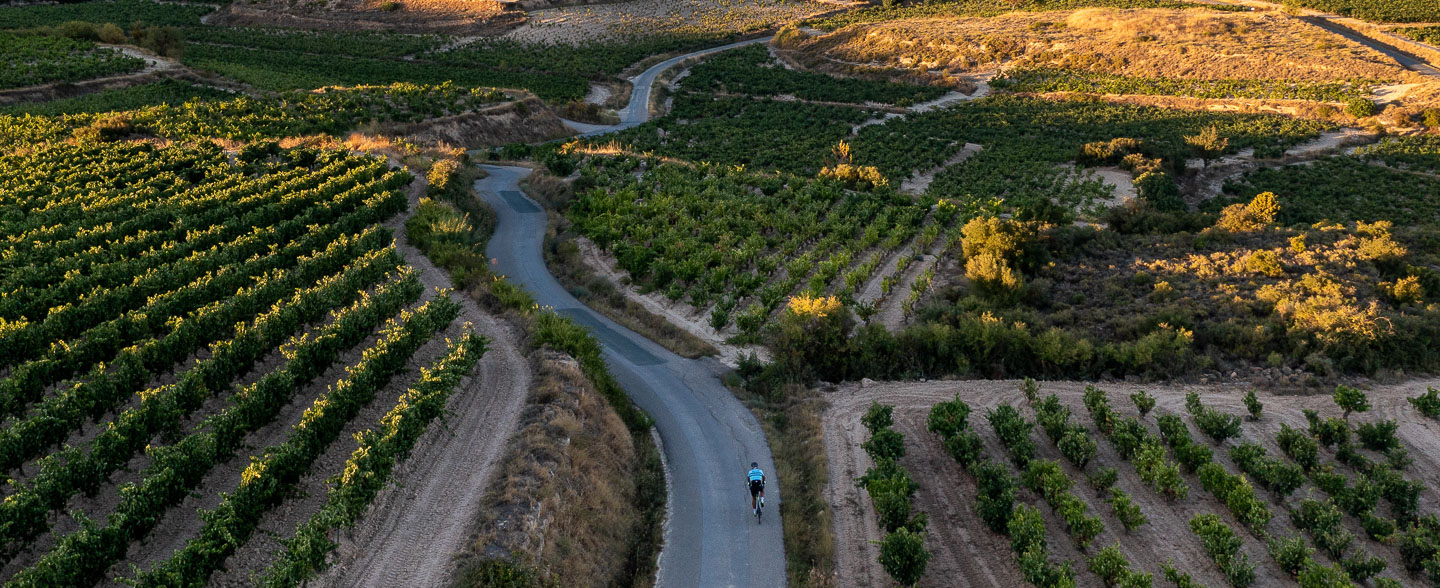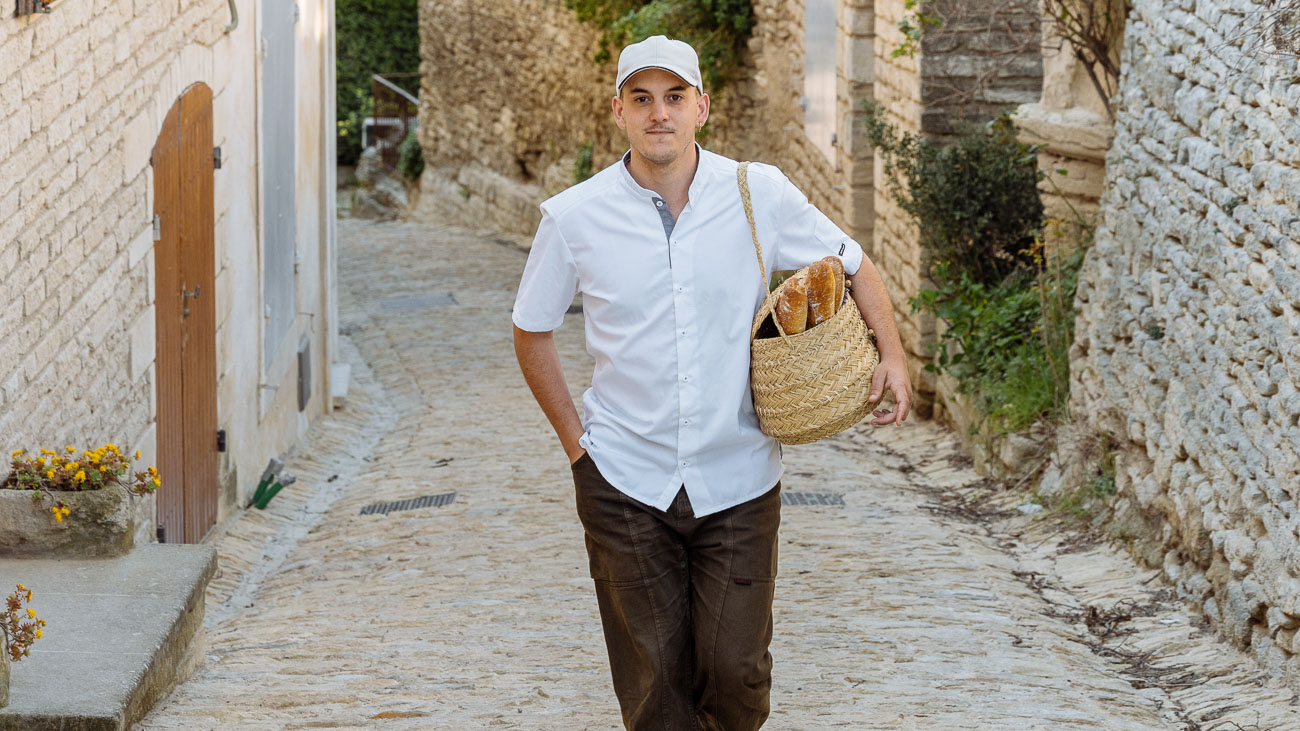The Basque people have inhabited this landscape for millennia. Admired for their fierce pride and steadfast preservation of their culture, the Basques developed an identity shaped, in part, by their geographic isolation from the rest of Europe. That identity was suppressed for decades under the Francoist regime, but after Spain’s transition to democracy in 1975, the Basques began to revive their distinct language and traditions.
Today, this centuries-old heritage blends with a fresh, modern vitality, making the Basque Country remarkably unique—cycling here will leave a lasting impression on your soul. Our guide to northern Spain breaks down the key destinations across this captivating region, from the coast to the interior vineyards—each contributing to the Basque Country’s undeniable appeal.
Bilbao: Gateway to the Basque Country
Once an industrial hub, Bilbao catapulted onto the international stage in 1997 with the opening of the Frank Gehry-designed Guggenheim Museum—a striking landmark that sparked the city’s rebirth as a cutting-edge center for art and design. Today, most visitors to the Basque Country fly into Bilbao Airport and spend a few days exploring the city’s revitalized neighborhoods, hip tabernas and siderías (cider houses), and innovative architecture, all of which make a compelling introduction to the region.
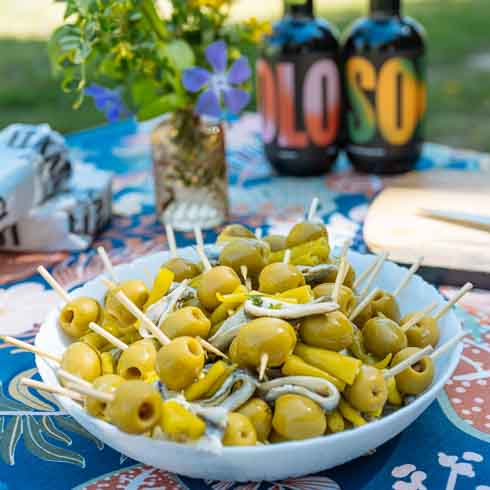
Traditional Basque pinxtos—bar snacks popular in northern Spain
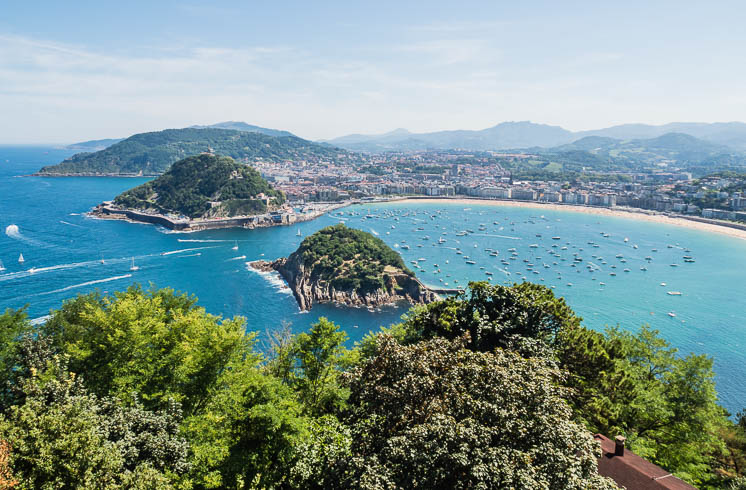
San Sebastián (Donostia)
The Basque Coast
With 125 miles of coastline, the Basque Country’s maritime heritage is reflected in towns along the Bay of Biscay—places, according to Basque legend, once inhabited by siren-like creatures known as lamiak.
In Getaria, a monument to Juan Sebastián Elcano—the first sailor to circumnavigate the globe—marks the entrance to the old town, its cobblestone streets lined with historic parillas once used by fishermen to grill their catch. Today, Getaria’s many asadores (traditional seafood restaurants) honor the Cantabrian custom of grilling fish over fire, with menus that read like an ode to the sea: spider crab, sea bream, octopus, lobster, and kokotxas—delicate pieces of fish from the throat of cod or hake. The turbot, grilled whole and brushed with a simple vinaigrette, remains a true Basque classic.
San Sebastián—the seaside city known as Donostia to the Basques—is widely regarded as the gastronomical capital of Spain, boasting more Michelin stars per capita than anywhere else in the world. Perhaps just as famous as its reputation for elevated dining, however, is San Sebastián’s tradition of casual bar-hopping. The Basque call it txikiteo, and it entails moving from one bar to the next to sample pinxtos, small snacks typically served on cocktail sticks. The word is derived from the Spanish pincho, meaning “skewer,” and usually accompanied by a glass of Txakoli, poured from a height to unlock its aromas.
Southern Basque Country
A short journey inland, the Araba-Álava and Gipuzkoa provinces erupt with lush green valleys and forested hills. Traditional Basque farmhouses called caseríos dot the mountainous landscape—including lovely Mendi Goikoa Bekoa in Axpe, where we spend the first night of our Basque Country Chef on Wheels Tour.
Daily life here is entwined with agriculture: vineyards sprawl across the hillsides, cultivating Hondarrabi Zuri and Hondarrabi Beltza grapes for Txakoli, the Basque Country’s crisp, effervescent white wine. Native Latxa and Carranzana sheep roam the pastoral landscape, their milk used to make Idiazabal cheese. Orchards grow more than 500 varieties of apples to be pressed into funky Basque ciders.
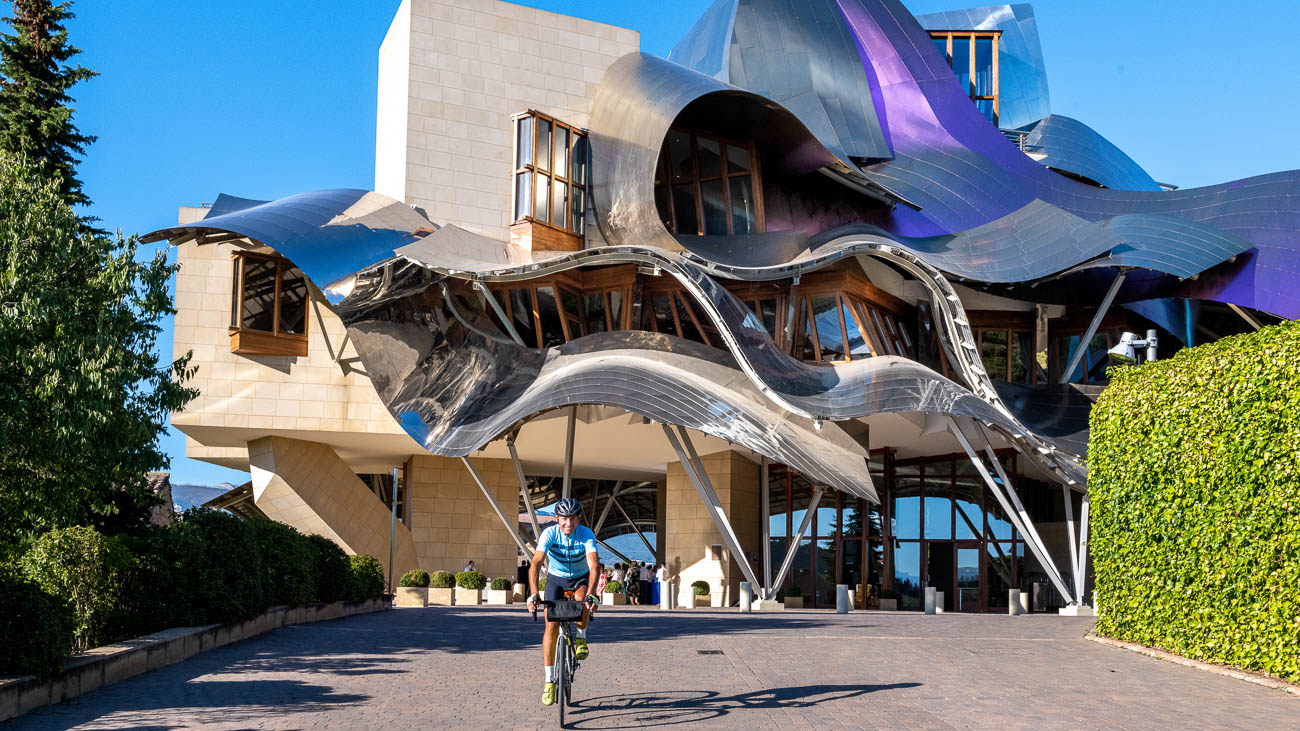
Marqués de Riscal in Elciego, as seen on our Basque Country + Rioja Bike Tour.
Into the Vines: Rioja Alavesa
Bordering the Basque Country is La Rioja, another of Spain’s autonomous communities. Named for the Río Oja, a tributary of the Ebro River, La Rioja is well known as the home of the Rioja wine region. This winegrowing region is comprised of three subzones: Rioja Alta, Rioja Oriental, and Rioja Alavesa.
The smallest of these subzones—Rioja Alavesa—lies on the Basque side of the border. Yet despite its geography, Rioja Alavesa is culturally more aligned with La Rioja. Rioja Alavasa is also home to three premier wine-growing centers—Samaniego, Laguardia, and Elciego—meaning that Basque Country technically produces some of the world’s most prestigious wines. On our Basque Country + Rioja Tour, we visit them all.
The medieval hill town of Laguardia—Rioja Alavesa’s picturesque capital and one of the area’s most unique destinations— sits upon more than 300 subterranean cellars, or calados. Carved from rock during the 16th century to protect villagers during times of turmoil, the caves also offered the ideal environment for aging wine. Today, a handful of wineries offer tours and tastings in these historic cellars—a striking contrast to ultra-modern wineries that have cropped up in the region since Spain joined the European Union in the 1980s.
In Rioja Alavesa, the culinary traditions of the Rioja wine region emerge in inviting tabernas and pinxtos bars. Menus feature house-cured chorizo, jamón Ibérico, savory empanadas. and raciones: a sample spread of tapas perfect for sharing. Tempranillo takes center stage here, thriving in Rioja Alvesa’s rich, limestone soils and cool Atlantic climate. Glasses of the luscious, fruit-forward wine pair perfectly with the rustic fare in a sensory celebration that reflects the region’s agricultural bounty and warm hospitality.
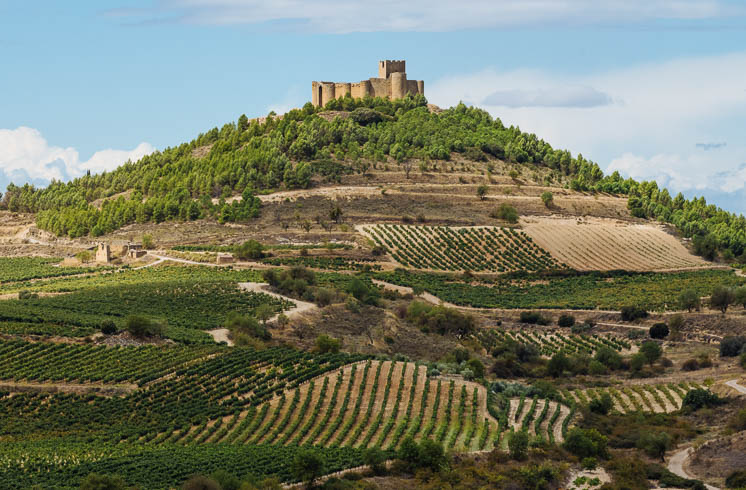
La Rioja wine region
